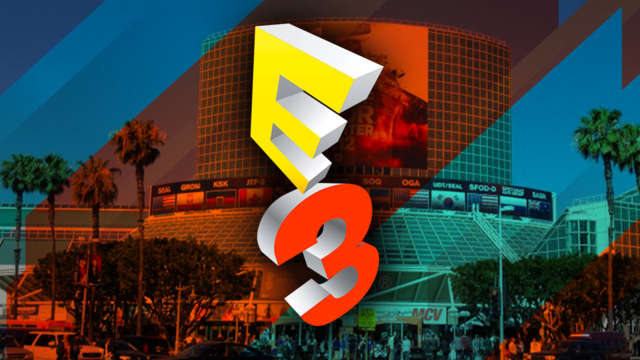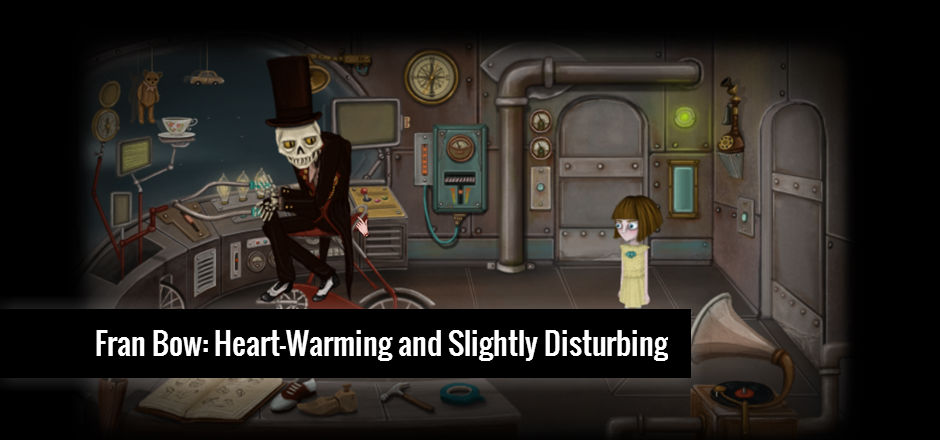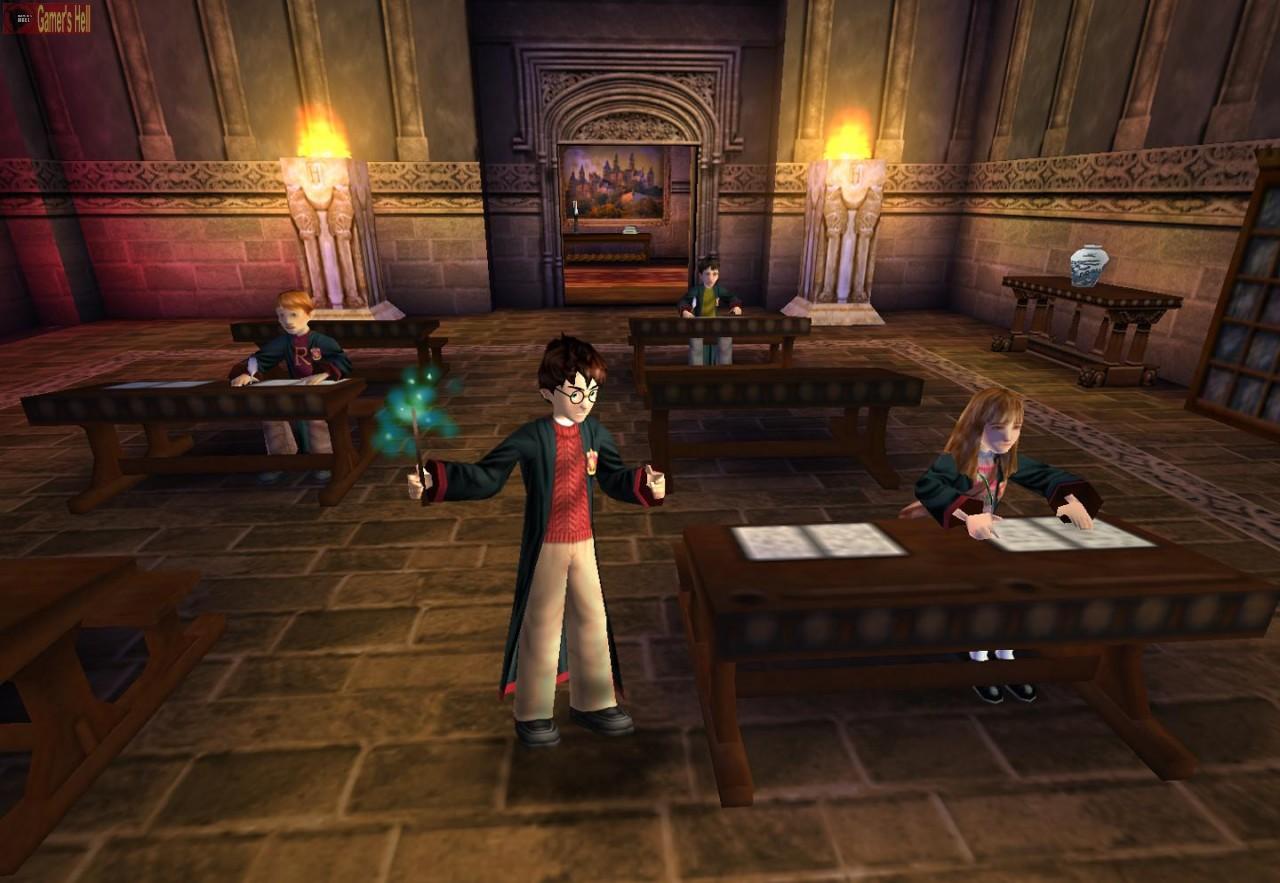Playing Portal for the first time was an experience unlike any game I had ever played before. It kept me thinking, but most of all kept me laughing thanks to GLaDOS, a passive-aggressive artificial intelligence watching my every move. She is one of the very few female villains in gaming and also one of the most popular and beloved gaming villains of all time.
But why is a robotic female voice trying to convince you to jump into a furnace so much more compelling than the usual villains seen in gaming?
It’s certainly no secret that gaming has been home to some of the most blatant sexism in media even since its humble beginnings. When games began to have plots, thin as they might have been, there are more than a few games where the main plot point was that the princess needed saving from something, and usually the something was an ultra-masculine white guy. The princess never got to save a man from a muscular woman; the games only served to stroke the average teenage boy’s ego.
Even the most popular and well-received games of all time follow this formula. Super Mario Bros and The Legend of Zelda both have male protagonists and antagonists. The protagonist had to save a princess from the large, masculine antagonist. There were a few female protagonists here and there during this time period, but female villains were almost non-existent.
Most of these tropes still exist today, even though the medium’s technology has improved significantly and paved the way for more complicated storylines. Just look at the brand new Call of Duty: Ghosts to see these tropes at work. The plot follows a couple of ridiculously muscular white guys who happen to be brothers. They meet up with their father, who is also a muscular white guy, and they have to fight the villain of the story who is – you guessed it – a big, muscular white guy. Games like this do nothing but stroke the male ego and perpetuate stereotypes, just as the games of the past did.
Some games do attempt to break the mold. There are more female gaming protagonists than there were in the ’80s, and even in the games with male protagonists female characters are more abundant than they were before. Despite these improvements, the number of memorable female villains can be counted on one hand.
The few female villains that do exist in video games are usually a witch as seen in Banjo-Kazooie’s Gruntilda, a creature that uses their sexuality to seduce and kill (a siren or succubus-type creature) which can be seen as bosses in the Diablo, Castlevania, and Devil May Cry series, or in the case of GLaDOS, a robot or artificial intelligence. These villains don’t get to have the same type of power that the typical male villains do. The men are usually rich, strong, or both. This can give them power over people, but the females have to use magical or artificial power.
Female heroes are more common than the villains, because heroes are often the underdogs. They appear powerless when compared with the much stronger villain, but they rise against the odds to defeat them. Basically the media doesn’t want to show women being powerful. They have to appear weak and defenseless.
GLaDOS is certainly a fun villain, but she is one standout in a sea of burly men, and men wearing sunglasses that hide a devious master plan. I dream of a game starring an ultra-muscular, ultra-smart villainess that needs defeating at the hands of a team of profanity spewing ladies wearing gray power armor and wielding assault rifles with chainsaw bayonets. It’s time to give the girls some power, too.
Joel Wallick is currently pursuing a degree in film studies at Bowling Green State University with an undecided minor. He has been gaming since early childhood, beginning with Pokemon Silver.







Have you played Portal 2 yet? Without giving away too many spoilers, the game takes GLaDOS to the next level of characterization. If you haven’t, I recommend it.
Oh Portal 2 is literally one of my favorite games ever. Her development in that game is really interesting, but she’s not really the villain of that one.
Good point. I’m glad you enjoyed it!
The only video game I ever played was Metal Gear Solid (1999?), and I spent years citing Sniper Wolf’s statistic that “two-thirds of the world’s greatest assassins are women” before realizing that was a subjective figure at best. As a young girl playing the game I thought Sniper Wolf was really cool. She was a better sniper than I could get my Solid Snake character to be, and she had a devoted pack of wolves. In fact, I had to use a cheat code to get past her wolves, so she was the hardest boss in the game for me. It seems that I lucked out as an impressionable girl in playing one of the only games to show a female villain having power over a male protagonist!